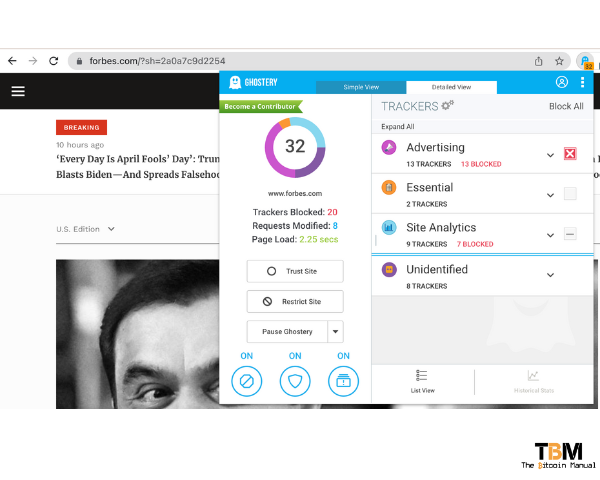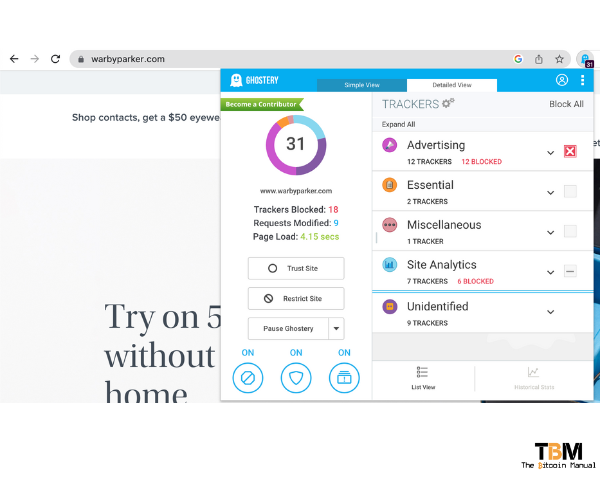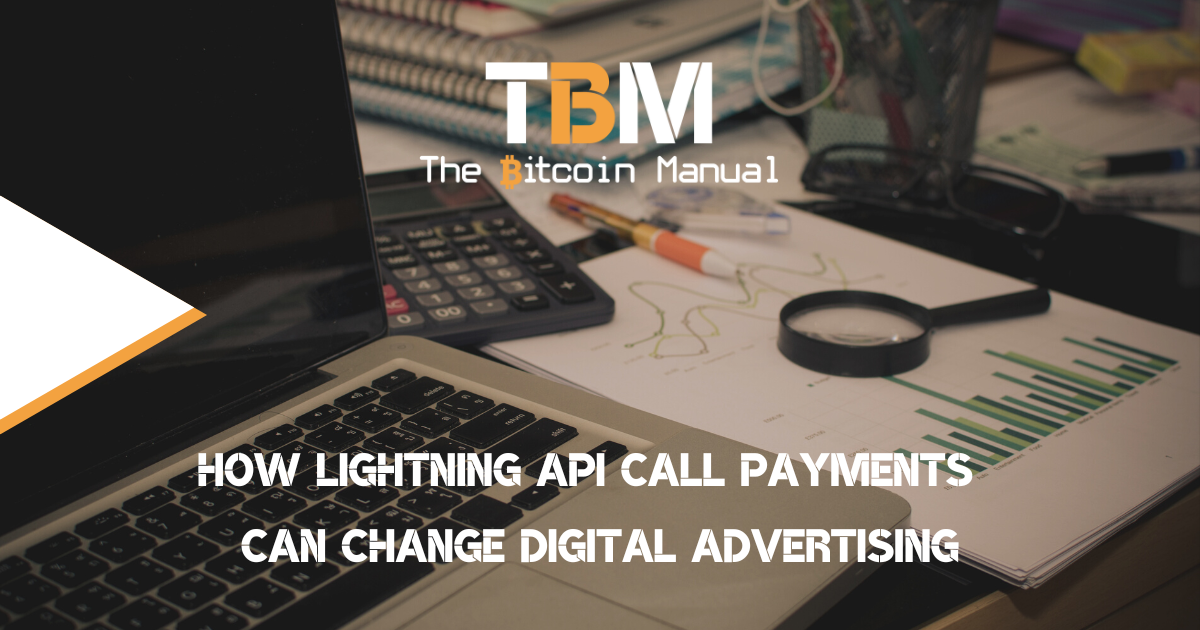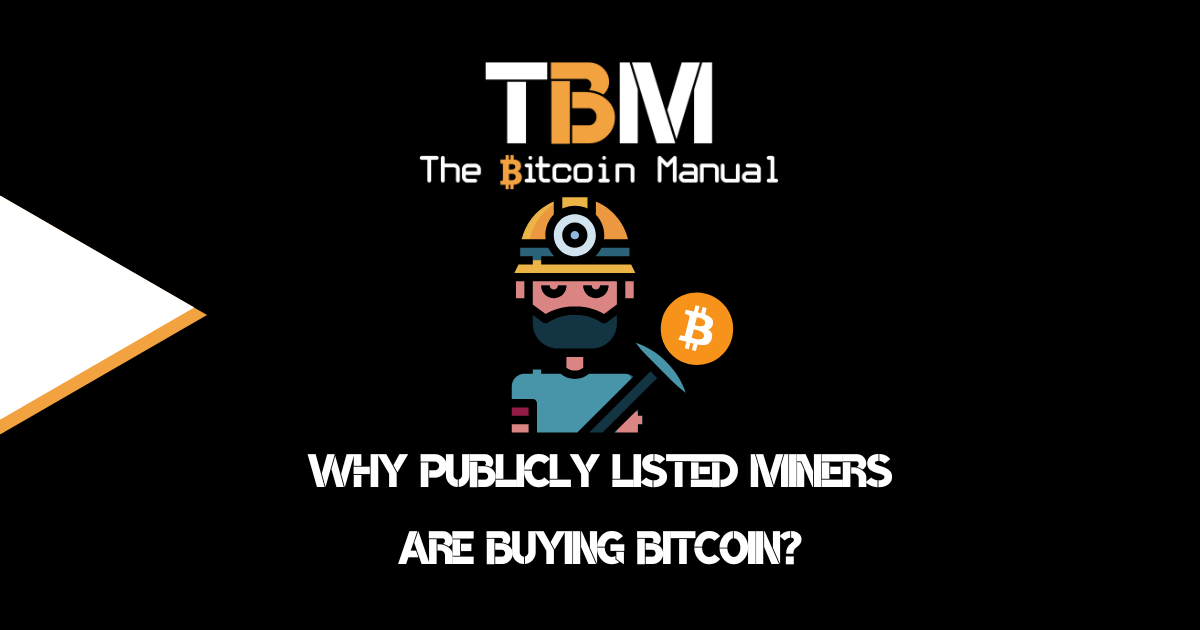These days, digital marketers use complex MarTech tools built on powerful technology to access and leverage rich data sets to reach a wider audience and create more effective marketing campaigns. The emergence of Application Programming Interfaces (APIs) has made it easier for them to track users and build data sets. APIs are the driving force behind modern digital marketing. They allow businesses to collect data about user behaviour, build marketing strategies and track the results.
APIs enable you to connect multiple applications and create a more streamlined process, and for marketers, this is a dream. Having the ability to extract data from different sources and process it using another not only provides more data on customers but helps build communication tools and strategies that can improve customer services.
APIs make it possible to combine a variety of data sources, and instead of switching between four different applications, you’ll be able to use one software to access all four. The issue with APIs is because you’re “renting” access to certain tools or data sources, you are limited by the fiat payment options available today.
You either need to purchase a subscription of calls that you might not use, and you’re locked into for a certain time or pre-pay for credits which force you to commit to a particular service. Many businesses then have to go through an expensive trial process to find solutions that work for them or build a custom solution.
But what if there was a way to leverage APIs and only pay for what you call or query?
If you’re having programmatic calls between services worldwide, it makes sense to have programmable money to keep up with APIs’ ability to deliver on the micro level. The Lightning Network’s cheap and near-instant clearance provides the capability to carry out micropayments and attach invoices to commands which could revolutionise how APIs are used and monetised.
What is an API?
The term “API” is generically used to describe the connection between two interfaces that pass data or instructions to one another. API is the acronym for application programming interface, a software intermediary allowing two applications to communicate in ways that both programs, while independent, can understand one another’s commands and data sets.
APIs are an accessible way to extract and share data within and across organisations. They are often used to bring data or features from one application to another, which can be used in different ways.
In our current digital world, APIs are all around us, and we use them every day; we don’t realise it because they work so well. Whenever you use a rideshare app like Uber, you leverage several APIs.
- Uber queries Google Maps for location and mapping data; you’re using an API.
- Uber queries SendGrid to send you emails on your bookings.
- Uber queries Twilio for its messaging stack to ensure you get that notification right when your driver arrives.
Today, APIs are treated more like products than code. They are designed for consumption for specific audiences and help website and app developers build faster by using other applications, databases and code, so they need not reinvest the wheel. APIs are documented and versioned to enable as many applications as possible to plug and play with different services that can enhance their product.
How does digital marketing leverage APIs?
When you visit a website, the website can track your activities in a number of ways.
This tracking can include:
- Cookies: Cookies are small files that are stored on your computer or mobile device by a website. Cookies can be used to track your browsing activity across different websites.
- Web beacons: Web beacons are small invisible images embedded in a website. Web beacons can track your website visits and collect information about your browser and device.
- IP addresses: Your IP address is a unique identifier that is assigned to your computer or mobile device by your internet service provider (ISP). Your IP address can be used to track your browsing activity and to determine your approximate location.
- Device fingerprinting: Device fingerprinting is a technique that uses a variety of factors, such as your browser type, operating system, and screen resolution, to create a unique identifier for your device. Device fingerprinting can be used to track your browsing activity even if you do not have cookies enabled.
- User interactions: Once you land on a website and interact with it, trackers are going off like crazy watching you click, scroll, read, book, purchase, add to cart; just about everything you do on a website is tracked and catalogued for later number crunching and analysis.

The information that websites collect about you can be used to:
- Target advertising: Websites can use the information they collect about you to show you targeted advertising. This means that you will see ads that are relevant to your interests.
- Personalise your experience: Websites can use the information they collect about you to personalize your experience on the website. For example, they may show you different content based on your location or your past browsing history.
- Improve their products and services: Websites can use the information they collect about you to improve their products and services. For example, they may use this information to make sure that their website is easy to use or improve their search results’ accuracy or build remarketing campaigns.

Paywalling yourself from companies
There are ways you can take steps to protect your privacy when you are online, such as:
- Disabling cookies: You can disable cookies in your browser settings.
- Using a private browsing mode or using an ad blocker: Private browsing mode prevents websites from tracking your browsing activity.
- Using a VPN: A VPN can mask your IP address and protect your privacy online.
But none of these actions really reward you for doing so; it’s more an added cost to you or added loops for you to jump through instead of being a native part of the internet experience. We’ve all seen websites block us from content and asking us to pay, so why shouldn’t companies be blocked from our content and data and we request them to pay us?
The idea is nothing new; having done a few Google searches, I came across an app called trakkin.me, a web app and Chrome extension that automatically obscures data like pageviews that companies track through Google Analytics and Mixpanel. Instead of your personal information, a company will see a RFP (request for payment) on their GA or MP dashboard.
In this concept app, once the company pays, data will resume flowing as normal and trakkin users get paid out based on usage. The more people using trakkin the more incentive a company has to pay them for their precious data!
Why Lightning and digital marketing APIs?
While I might be biased since I work in the Digital market, I know that online transactions are the norm from my time in the space, and billions are being moved through these back channels daily, through auctions or direct deals. The digital marketing and advertising industry is huge.
In 2022, it was estimated to be worth US$531 billion worldwide and is expected to grow to US$1.5 trillion by 2030. This sizable market is desperately searching for a payment method that can keep up with the speed at which data is moved, housed and monetised.
To give you an idea of how digital marketing could embrace Lightning, let’s look at the two key areas where most digital marketers spend their time.
Building audiences
In the traditional model, all the data is kept with a broker like Facebook; you would supply information like the audience you’re looking for by uploading email lists or phone number lists and connecting 3rd party apps, all to build out your audiences. You trust the data broker to manage the information for you and process the data in a block box you have no control over to build your audience sets.
Yes, Facebook and Google advertising do work, but we do not know what their secret sauce is or how much fluff and padding they add to your audience data just to give you a data set that will keep you paying more each month to reach the same users.
In a Lightning-enabled world, instead of the broker handling all the data, they can be a data marketplace that takes a share of the income; instead of them profiling the user, the user can be pinged and asked if they want to be included in this audience segment and the value they could earn from being in each segment.
If a user is simply looking to get paid and adding themselves to audiences they don’t form part of, you can eventually weed them out based on the conversion rate, cohort analysis, and serving frequency; this gives users a small income for playing nice with advertisers and marketers like myself have more control over building the best data sets money can buy.
Severing ads
The second part of the digital marketing game, where you rely on networks like Google and Meta, is the serving of ads. While you do your best to feed in data, build audiences and crafting your messaging and graphics, you are still at the mercy of the broker’s auctions and how they see it best to allocate your budget.
These automated auctions are a rigged game where marketers have zero input; the only thing we can do is raise our budgets to try and outcompete one another, and even then, this doesn’t ensure you reach paying customers. You’re hoping your hard work pays off and that platforms will look favourably on your campaign and serve it to the right users.
Traffic in these auctions is repriced by the second, and since they are a black box, you will never know what the true floor pricing is and when you’re overpaying for traffic.
In a Lightning-based world, users can set the cost of an ad being served to them, they can price themselves out of certain ads or price themselves into seeing a lot of ads; it’s all up to them and if they value the money they receive for their attention or if they want an ad-free experience or curated ad experience. Serving ads based on what individual market participants deem worthwhile creates a far better audience for weighting the value of traffic, reaching users and the value of the contact method you’re using.
For example, a user might be more willing to see ads on their TikTok feed versus their LinkedIn feed, but when they’re on LinkedIn, they’re actually far more prone to purchasing, so your bidding for the same user will change based on the platform of content they interact with, the mindset they’re in, funnel range they are in.
Instead of dealing with separate auctions from different platforms, where they price the value of the traffic, you’re routing paths to users in the same way you’re routing payments to them via the Lightning Network.
Expansion of the model to SAAS businesses.
Digital marketing, as one of the biggest uses of monetised data today, is not the only application for micropayments, but the entire SaaS industry as a whole has a clear payment problem that could be solved with Lightning. The software as a Service (SaaS) industry is renowned for its flexibility and the numerous advantages it brings to businesses worldwide, from lower upfront costs to ease of scalability. However, the model has its share of problems, particularly regarding package options and pricing, since they have to use legacy payment rails.
This means SaaS businesses are forced to sell packages they deem to be most profitable for them and likely to convert, and not what is the best use of their service or what is value for money for the customer.
Current SaaS packages can sometimes stifle businesses and innovation.
The Problems with SaaS Packages and Pricing
SaaS companies typically offer tiered pricing plans to cater to businesses of varying sizes and requirements. These plans often include a set number of features and usage limits. However, the issue arises when companies’ needs don’t fit neatly into these predefined packages.
Some may require more extensive features but lesser usage, while others might need higher usage of basic features. It is also challenging for businesses to predict their exact user needs ahead of time, leading to overpayment or insufficient service.
Furthermore, SaaS pricing models are often complex and opaque, making it difficult for customers to understand what they’re paying for. This lack of transparency can breed mistrust and hampers long-term customer relationships.
A Shift Toward Pay-Per-Use: Monetizing Individual API Calls
The solution to these problems could lie in an innovative and fair pricing model: Paying for individual API calls, but you would need programmable money that could be priced at the cent or sub-cent range and be able to clear instantly, a job that Lightning does pretty well.
This model is essentially a pay-per-use or metered model, where companies only pay for the API calls they make. Instead of tying customers to rigid package structures, this model offers flexibility, allowing businesses to scale their usage up or down depending on their specific needs at any given time.
Monetising individual API calls presents a transparent pricing structure. Each API call has a set cost, enabling businesses to know exactly what they’re paying for. This shift can help build trust between SaaS providers and their customers, fostering stronger, long-lasting relationships.
Moreover, this model enables SaaS providers to tap into an underutilised revenue stream of users who fell between the free trial and the first package, broadening your user base. Providers can monetize the data they generate and manage by charging for API calls, and they can also test products in real-time since users can pay based on how many times they use it and not feel locked into a long-term obligation.
Given the burgeoning data economy and businesses’ increasing reliance on data-driven insights, this method can significantly increase SaaS providers’ revenue.
Are you a Bitcoin and Lightning fan?
Have you been using Lightning to make micro-payments? Stream sats or engage with apps? Which app is your favourite? Do you run a Lightning node? How do you handle channel rebalancing? Have you tried all the forms of Lightning payments? Which one do you prefer?
Let us know in the comments down below.




